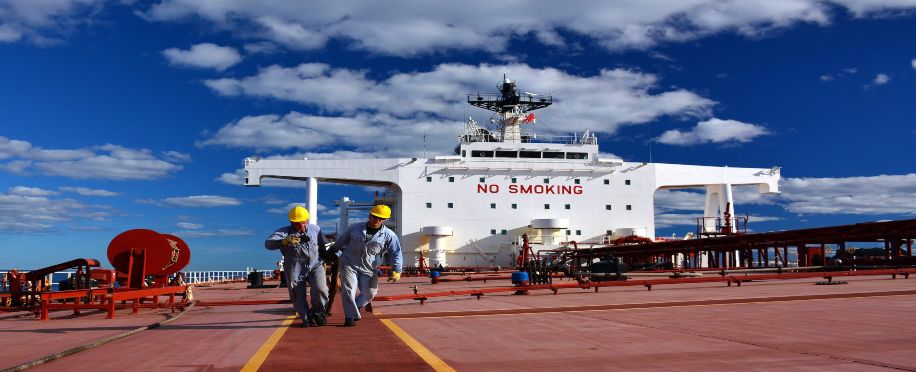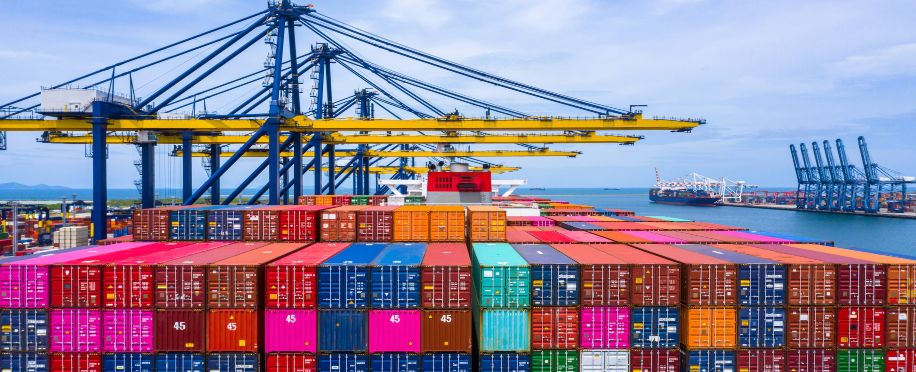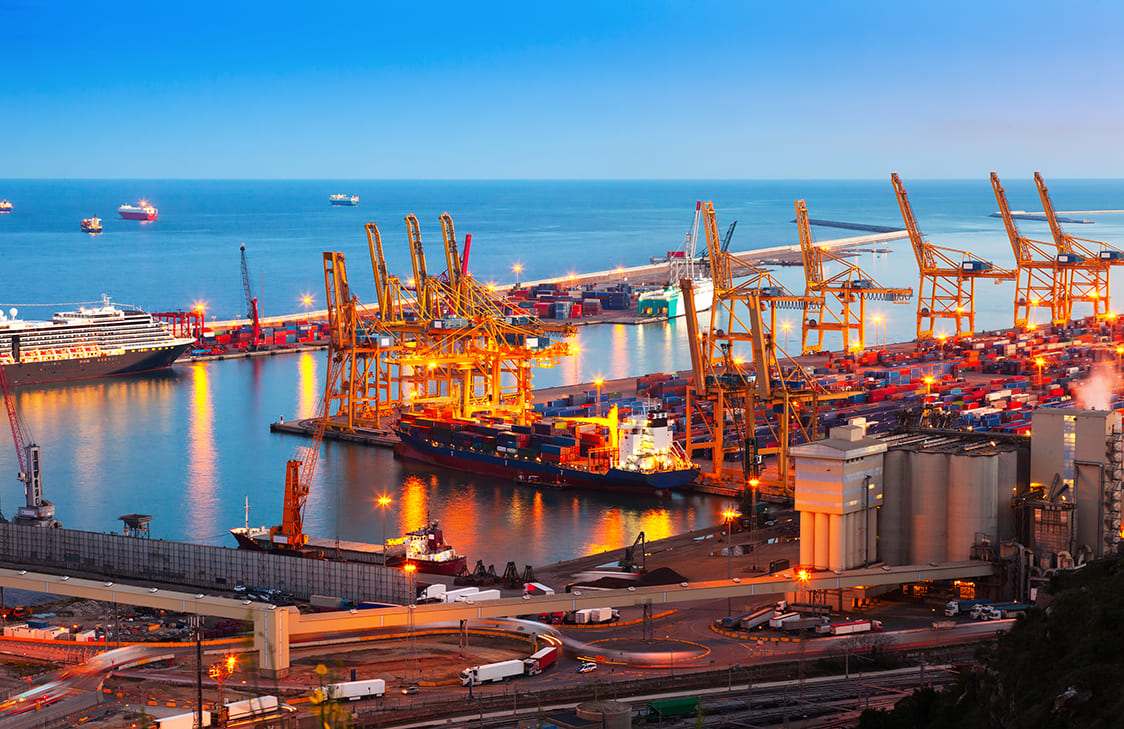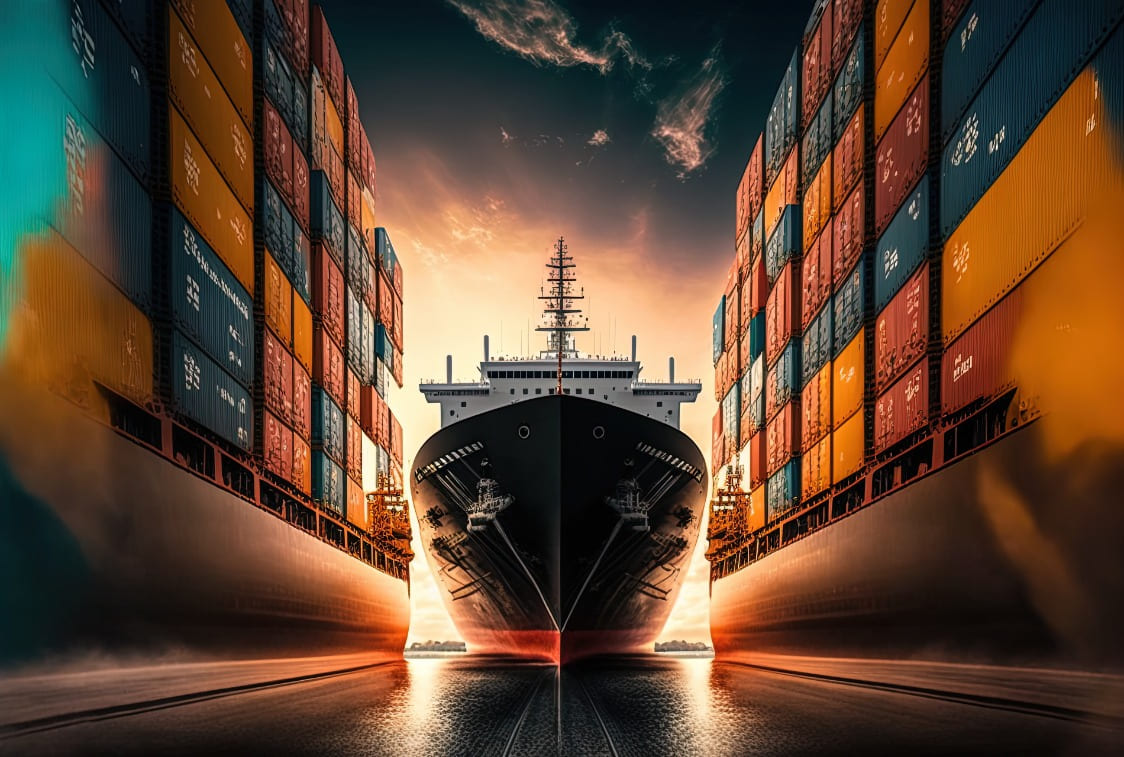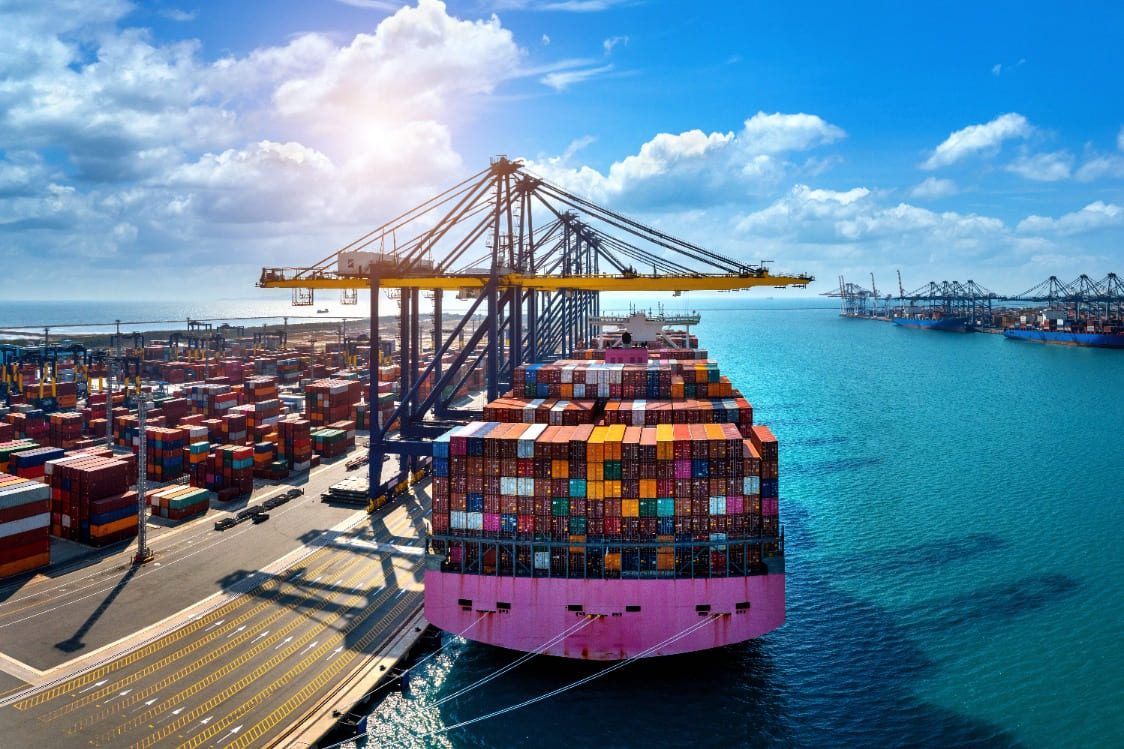The Revival of Wind-Powered Shipping: A Sustainable Journey Ahead

Posted on Feb 15, 2024 at 11:02 PM
The answer for the perfect sustainable journey is hidden in the wind, making the concept of wind-powered shipping more than ideal in the journey of sustainability in the marine industry and the business world.
The maritime shipping industry controls almost 90% of the global shipping industry; thus, developing wind-powered shipping is more than necessary to protect the marine environment.
Today, we will share deep information about the wind-powered shipping concept, how it works, the benefits of wind-powered shipping, and the challenges facing these sustainability efforts.
What Is Wind-Powered Shipping?
Wind-powered shipping, also known as wind-assisted shipping or wind propulsion, is the term used to refer to wind as an energy source for vessels shipping across seas and oceans.
In other words, all organisations seek to follow the best practices in port and vessel operations. The wind-powered shipping method and its reliance on the natural power of the wind to provide the required push to move vessels across the globe without relying solely on traditional fossil fuels have become more than famous.
Wind-powered shipping offers excellent impacts on all the sustainability efforts in the maritime industry and helps mitigate the environmental impact of shipping activities. Therefore, the development of wind-powered shipping and its attached technology is essential for the future of marine transportation.
How Does Wind-Powered Shipping Work?
The concept of wind-powered shipping is using the wind’s force to move ships despite their size, weight, or work.
Moreover, the basic principle behind wind-powered shipping involves using various techniques to capture the energy of the wind and convert it into forward motion.
Here is how wind-powered shipping has worked throughout shipping history and till now:

-
Sails: Traditional sail propulsion involves fabric sails attached to masts or rigging on the ship. When the wind blows against the sails, a pressure difference generates power to move the boat forward.
-
Kites: Kite propulsion systems use giant, aerodynamically shaped kites attached to the ship. As the kite catches the wind, it generates lift and pulls the vessel forward.
-
Rotor Sails: Rotor sails work based on the Magnus effect to generate the needed force to move vessels. Moreover, rotor sails are cylindrical rotating sails mounted vertically on the ship's deck.
-
Hybrid Systems: Some wind-powered shipping solutions combine wind propulsion with conventional engines or alternative power sources to create hybrid propulsion systems.
These hybrid setups are essential because they allow vessels to employ wind energy when available while seamlessly switching to conventional power for additional power or when wind conditions are unsuitable.
6 Advantages of Wind-Powered Shipping:
According to the London Maritime Academy, the process and technology of wind-powered shipping are shaping the maritime industry's future. Especially with its endless advantages, more and more companies are interested in investing in it:
-
Save Fuel:
The main goal behind developing wind-powered shipping is to lower the total reliance on fossil fuels, as wind energy is free and always available, unlike fossil fuels.
Moreover, ships with wind power will not need to visit ports and take some time down just for refill, making the work more efficient.
Thus, using the power of the wind for propulsion will help ships save substantial amounts of fuel, leading to cost savings and reduced environmental impact.
-
Energy Efficiency:
Usually, wind propulsion systems share better overall energy efficiency than other ships. This is done by adding conventional engines and other sustainable systems and technologies.
In other words, all the developed wind-assisted technologies will reduce energy consumption and provide a practical energy source that helps ships do their tasks as planned.
-
Cutdown Ship Emissions and Carbon Footprint:
So, all the sustainability efforts aim to lower environmental impacts on all levels, including wind-powered shipping that significantly reduces ship emissions and carbon footprint compared to traditional fossil fuel-powered vessels.
Moreover, minimising reliance on polluting fuels on wind-powered ships will contribute to adequate environmental protection.
-
Lower Maritime Operational Costs:
Although wind-powered shipping comes with high initial costs, it offers lower operational costs over the long term, making it a cost-effective investment.
Because wind energy is a free and renewable resource, with reduced fuel consumption and maintenance requirements, ship operators can achieve significant cost savings, enhancing profitability and competitiveness.
-
More Job Opportunities:
Developing and adopting wind-powered shipping creates new job opportunities across various sectors, including shipbuilding, renewable energy, and maritime logistics.
As this unique industry grows, the demand for skilled workers in design, engineering, maintenance, and operations will grow, too.
-
Enhanced Corporate Social Responsibility (CSR):
All maritime shipping and trading corporations aim to boost their brand reputation and public image by investing in sustainable solutions and environmental activities.
Moreover, embracing wind-powered shipping demonstrates a commitment to corporate social responsibility, environmental stewardship, and a more sustainable future.
Last but not least,
The concept of wind-powered shipping is fundamental in maritime transportation due to its amazing potential and benefits for now and the future.
However, implementing wind-powered shipping requires the proper preparation, training, and knowledge.
